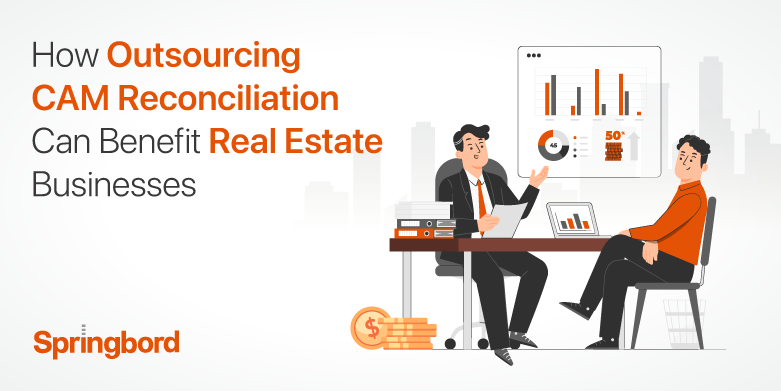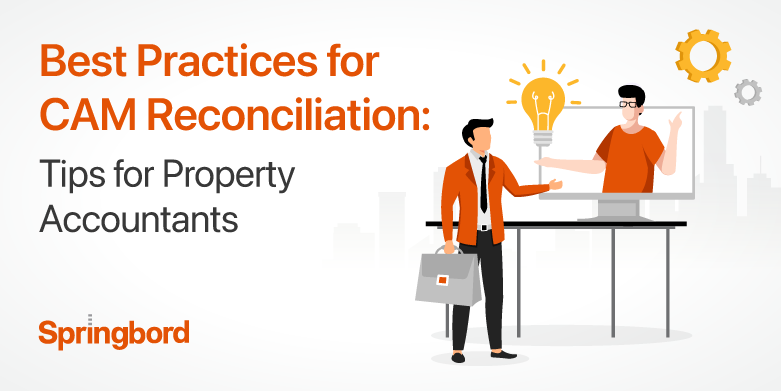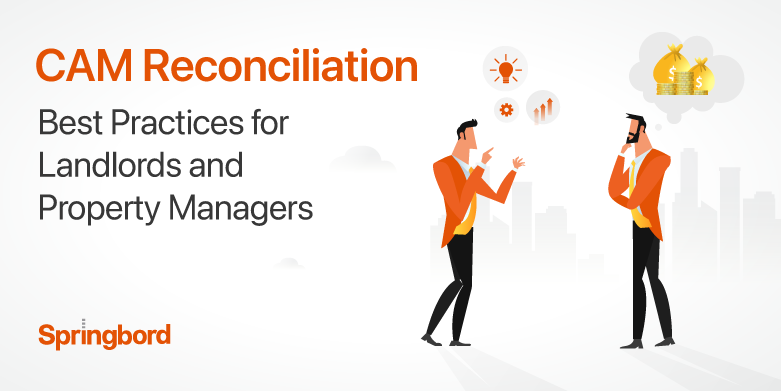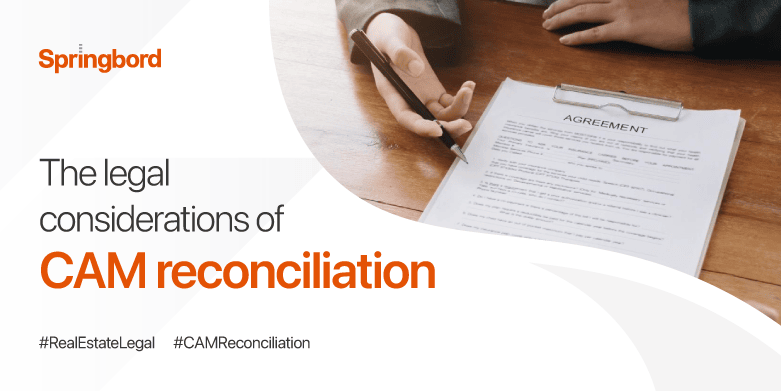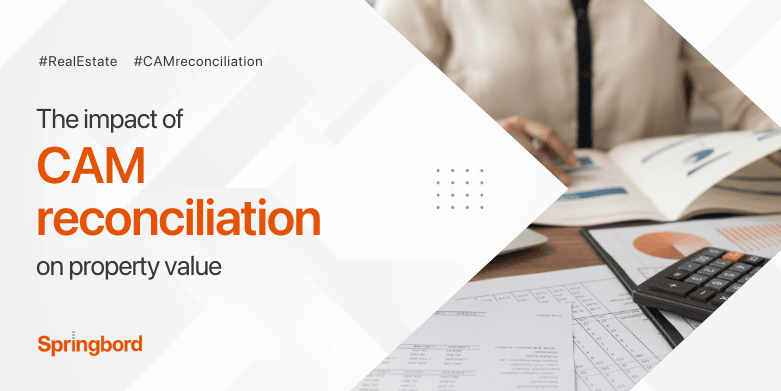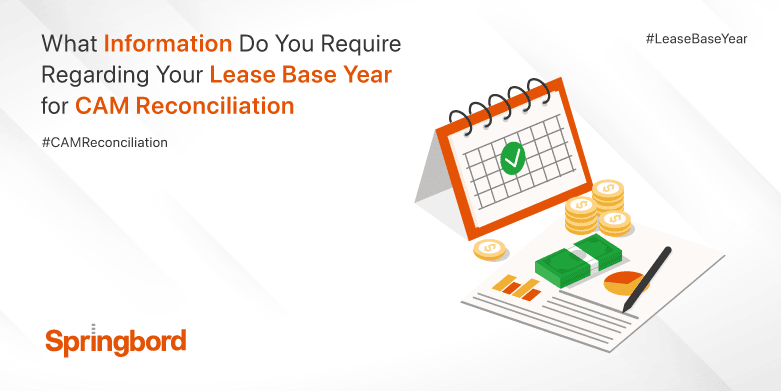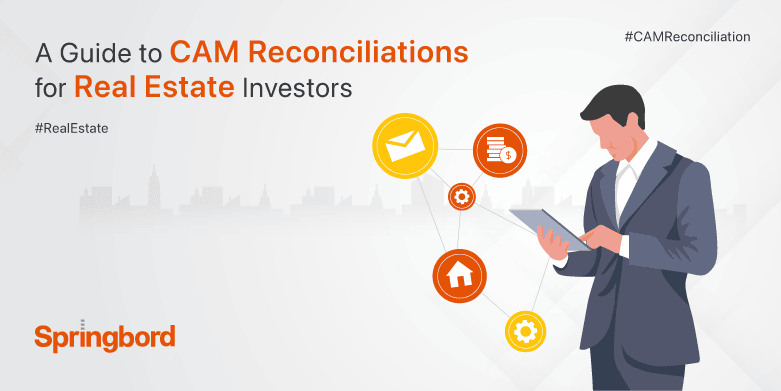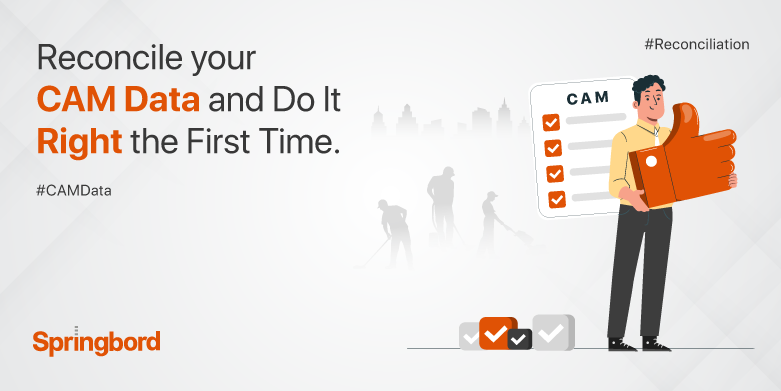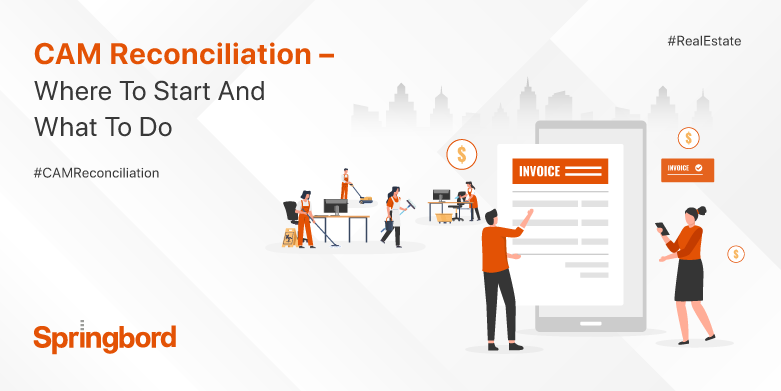M
E
N
U
In real estate management, Commercial Common Area Maintenance (CAM) reconciliation stands as a pivotal process. It’s the mechanism through which landlords recover expenses incurred in maintaining shared spaces within commercial properties. While seemingly straightforward, CAM reconciliation poses significant challenges for real estate business owners, necessitating a closer look at its complexities and implications. At Springbord,
Common Area Maintenance (CAM) reconciliation is a critical aspect of commercial real estate management, crucial for maintaining the property value and maximizing return on investment (ROI). Efficient CAM management directly impacts a property’s net operating income and valuation. As a topic of significant relevance to Springbord and its expertise, exploring best practices in CAM reconciliation
Common Area Maintenance (CAM) reconciliation is an essential yet challenging aspect of commercial real estate management. It involves the meticulous process of allocating and recovering property maintenance costs from tenants. However, with no standardized approach to CAM reconciliation, landlords and property managers often find themselves in a quagmire of complicated calculations and potential errors. This
Legal considerations of CAM reconciliation are of the utmost importance in commercial property management. Common Area Maintenance (CAM) reconciliation refers to balancing expenses between proprietors and tenants for shared property areas. To ensure impartiality, transparency, and compliance with lease agreements, it is vital to comprehend and adhere to the legal aspects governing this reconciliation process.
The reconciliation of CAM expenses is crucial to the financial landscape of commercial properties. The impact of CAM reconciliation on property value must be balanced. CAM reconciliation, the process of balancing common area maintenance charges, has the potential to have a significant impact on a property’s value. Property owners, investors, and tenants must understand CAM
CAM (Common Area Maintenance) reconciliation is an important process for commercial property landlords and tenants to understand. It involves comparing the actual expenses incurred for maintaining and operating a property during a specific period, known as the “current year,” to the expenses that were budgeted for that period, known as the “base year.” The difference
As a property owner or manager, you know that keeping track of all the costs associated with your property can be a daunting task. From rent payments to utility bills, it can be difficult to keep everything organized and ensure that all expenses are accounted for. That’s where a CAM Reconciliation Statement comes in. A
Common Area Maintenance (CAM) charges are fees that commercial tenants pay in addition to their base rent to cover the costs of maintaining common areas of a building, such as lobbies, elevators, and restrooms. These charges are often found in multi-tenant commercial properties, such as shopping centers, office buildings, and industrial parks. As a commercial
“Common Area Maintenance” (or “CAM”) is used in the property management industry to refer to fixes and upkeep that affect both the building and its residents. Expenses for shared areas in mixed-use buildings should be taken into account. In addition to homes and maybe even workplaces, these projects might provide retail, dining, and leisure options.
Are you a landlord or a tenant involved in a commercial property lease? If so, you must be familiar with Common Area Maintenance (CAM) charges. CAM charges are essential for maintaining shared spaces and facilities within commercial properties, but they can also be a source of confusion and disputes. To ensure fairness and transparency, annual


